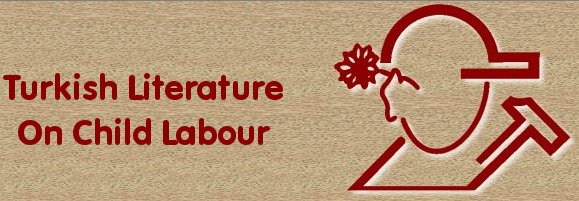Subaşı, M., Kubilay, G.(2003); ‘‘Properties of Families and Dwellings of Children Living/Working in the Streets’’, Hemşirelikte Araştırma Geliştirme Magazine, 5:2, Ankara, December
Subaşı, M., Kubilay, G.(2003); ‘‘Properties of Families and Dwellings of Children Living/Working in the Streets’’, Hemşirelikte Araştırma Geliştirme Magazine, 5:2, Ankara, December.
Number of Works Cited: 35
Scope:
The study has been made to determine the properties of families and dwellings of children living/working in the streets. This is a descriptive study. Data is gathered using the questionnaire created by the researcher by face to face talks with the families included in the sample group between July-November 2000. The study universe comprises 280 children working in the streets registered with Ulus Children and Youth Center operating under the Social Services and Child Protection Agency and the families of 20 children living in the streets registered Ankara Governorship Children Education and Treatment Center aged between 7 and 14. The sample group is the 30 families of 49 children accessed between July–November. Obtained data is evaluated with regards numbers and percentiles.
An Excerpt from the Article:
Situations like fast population increase in major cities, unplanned urbanization, migration, poverty, increasing inflation, unemployment, accommodation in poor conditions, family violence, disruption of family integrity and loss of social support of family have negative effects on the family and all family individuals. In addition to these factors, situations such as alcohol and substance addiction in the family, father leaving the house, parents’ marriage to other persons, absence of money-bringing person, seeking of adventure, physical exploitation, sexual harassment and rape, low educational level, insufficient educational facilities, and traditional attitudes of the society are affecting mostly the children among all family members. These factors cause the children to get away from the family environment and lead to the street, a setting increasing the potential to commit crimes.
Some Keywords:
family, migration, residence properties, substance addiction, children working on the streets, children living on the streets, poverty
